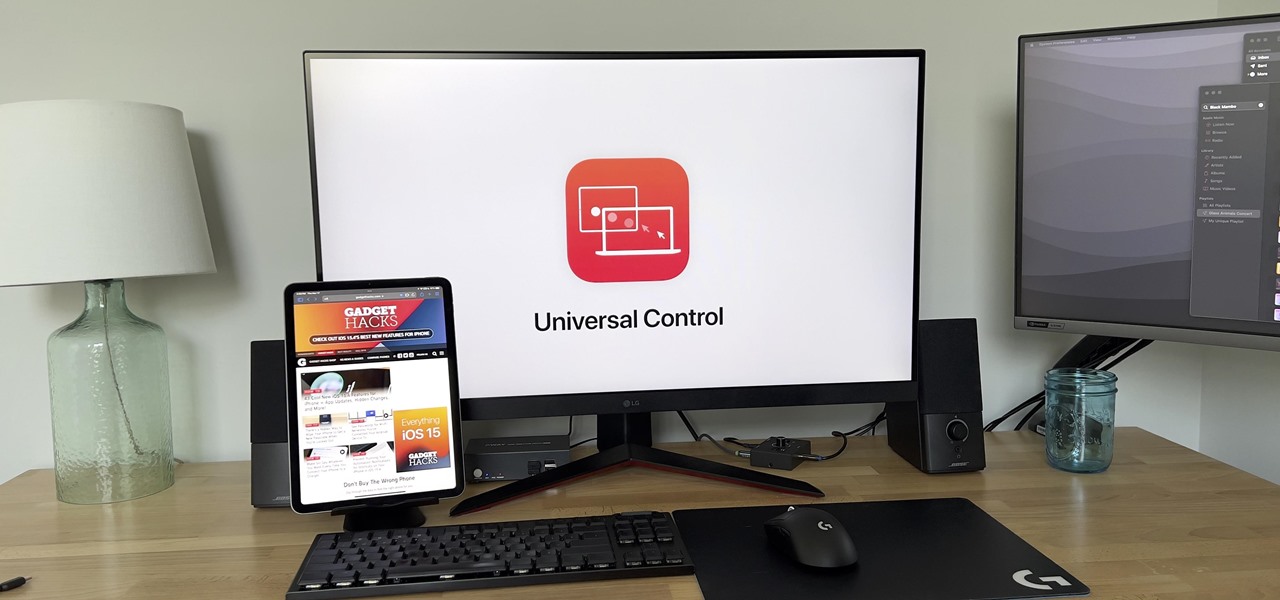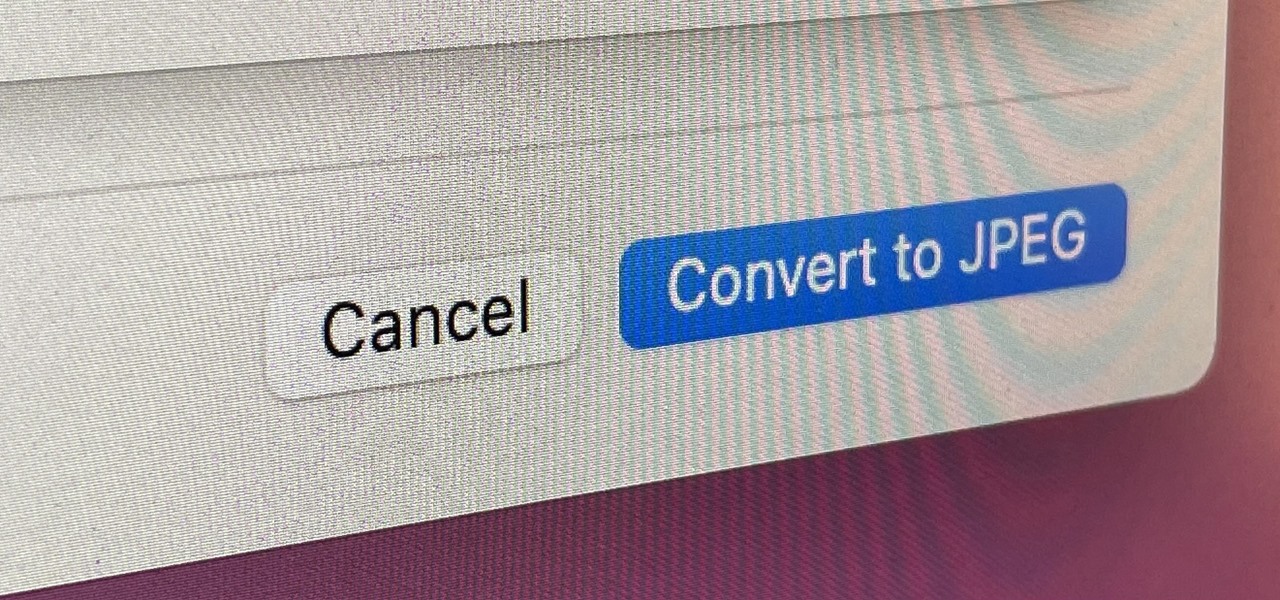Is Lightroom Classic Slow on Your PC? Try These 4 Tricks
Adobe
I’ve used Lightroom Classic for over a decade now, and recently it’s become unbearably slow. Here’s how I fixed my Lightroom to go from crawling to nice and speedy.
Ensure Your Library and RAW Photos Are on Fast Storage
If Lightroom Classic is slow on your computer, the first thing you’ll want to do is make sure it’s on the fastest storage possible for you. A USB 2.0 external hard drive, for instance, won’t cut it with large RAW files.
Try moving your RAW files into internal storage for starters. If that doesn’t work, then you might want to look into upgrading that internal storage to a SATA SSD, or, better yet, a NVMe SSD like the Samsung 980 PRO.

Samsung 980 PRO SSD with Heatsink
$37
Balancing overall solid performance relative to competitors, the 980 Pro is a great SSD for PCIe 4.0 builds.
$128 at Amazon
See at Best Buy
See at Samsung
Increase CameraRAW Cache Size
Personally, this is what fixed Lightroom for me. I already had all my files on fast storage (my system has an i9-13900K, RTX 3080 12GB, 48GB of DDR4 RAM, and all NVMe storage.) So, I wasn’t sure what my problem was with why Lightroom was so sluggish on my desktop.
However, when I dug into it, I found that my CameraRAW cache was just 5GB (this is Lightroom’s default cache size). This leaves room for just about 200 pictures from my Sony a6500 DSLR. This means that Lightroom had to try, in the background, to move things around in cache to free up space and do other gymnastics when I had more than 200 pictures in a library.
So, since I have plenty of space on my computer, I simply upped the cache size to 150GB. You don’t have to go that extreme, you can start out bumping to 10GB, 20GB, 50GB, whatever you’re comfortable with. But, the more you can give Lightroom, the better.
Ensure Your Graphics Card Is Fully Enabled
If you have an adequate cache size and your files on the fastest storage possible already, then be sure your graphics card is fully enabled. I assumed mine was, but when digging around in the settings of Lightroom, I found that my RTX 3080 12GB was basically not being utilized at all, and it was set to “custom” in Lightroom.
Flipping from “custom” to “auto” fixed this for me. When in doubt, set your graphics card to “auto” in Lightroom because the software knows best what it can utilize the card for.
Increase Your System RAM If All Else Fails
Maybe you’ve already done everything else I’ve mentioned, but Lightroom still is sluggish. Well, make sure you have adequate RAM. My photo library for How-To Geek only has about 220 pictures in it right now (all from either my a6500 or my a6000), which is a relatively small library. Yet, Lightroom was taking up around 7GB of RAM just while browsing the pictures and doing some light editing.
All that to say, Lightroom rivals Chrome for being RAM-hungry. So, if you only have 8GB or 16GB of RAM on your system, it might be time to step that up a bit and upgrade your computer’s memory. The more RAM you have, the more responsive your system will be overall, too.

G.Skill Trident Z5 RGB Series
$6
The G.Skill Trident Z5 RGB Series isn’t just fast, but it’s compatible with both Intel XMP 3.0 and AMD Expo. It may not be plug-and-play in every system, but the sheer performance is worth the extra setup.
$110 at Amazon
See at Newegg
Do you have an iPhone capable of ProRAW, but you avoid using it? Here are some reasons why you should (or shouldn’t) be taking your pictures in ProRAW.



















